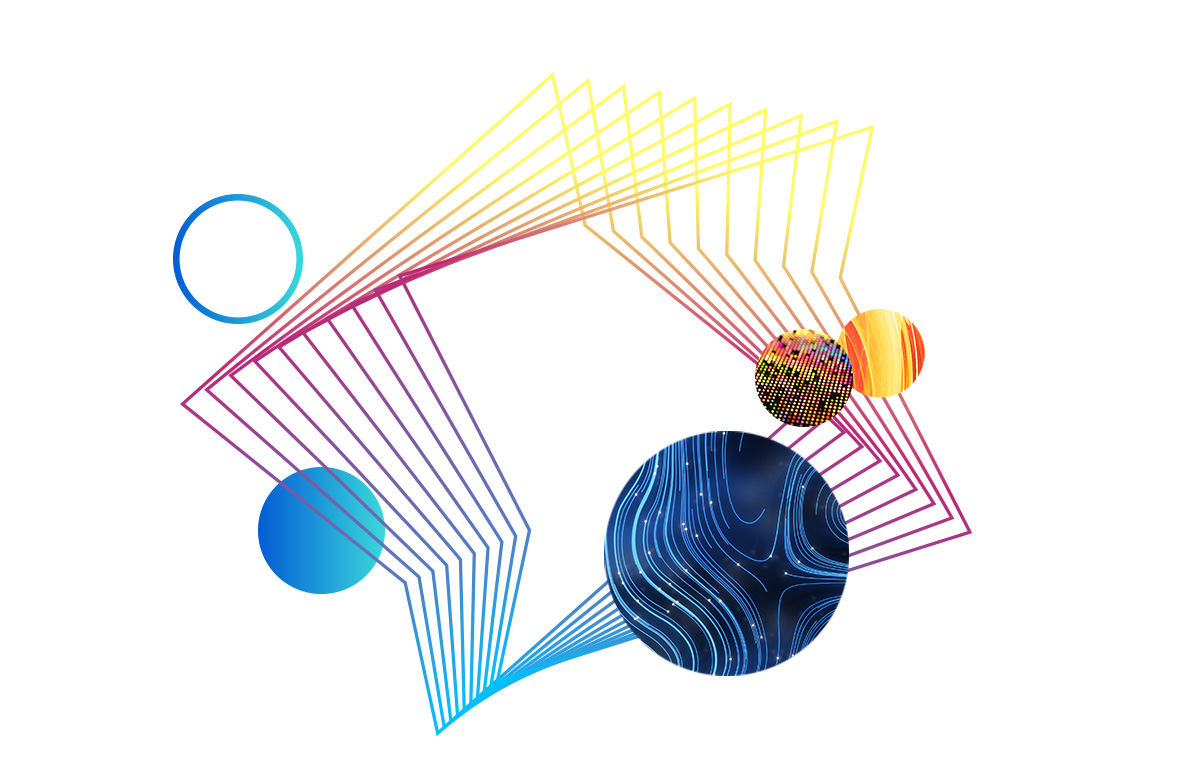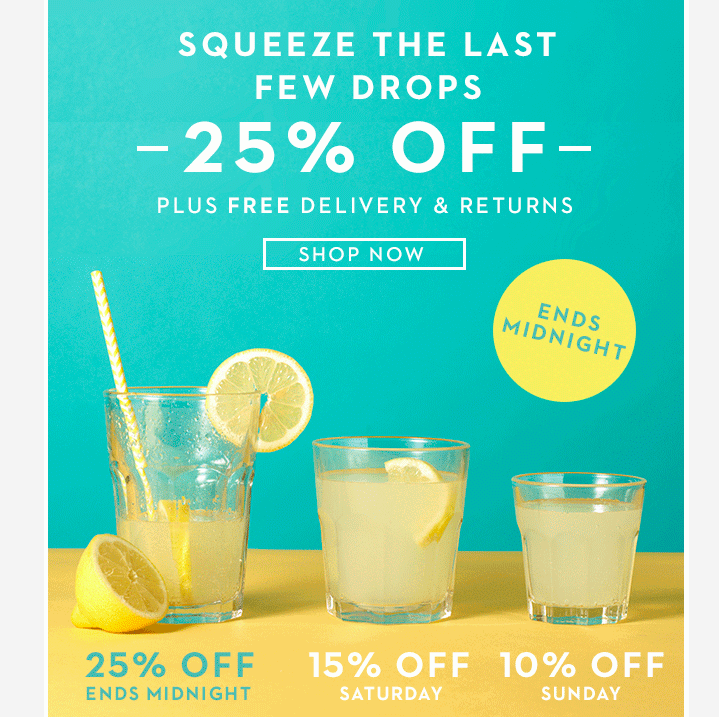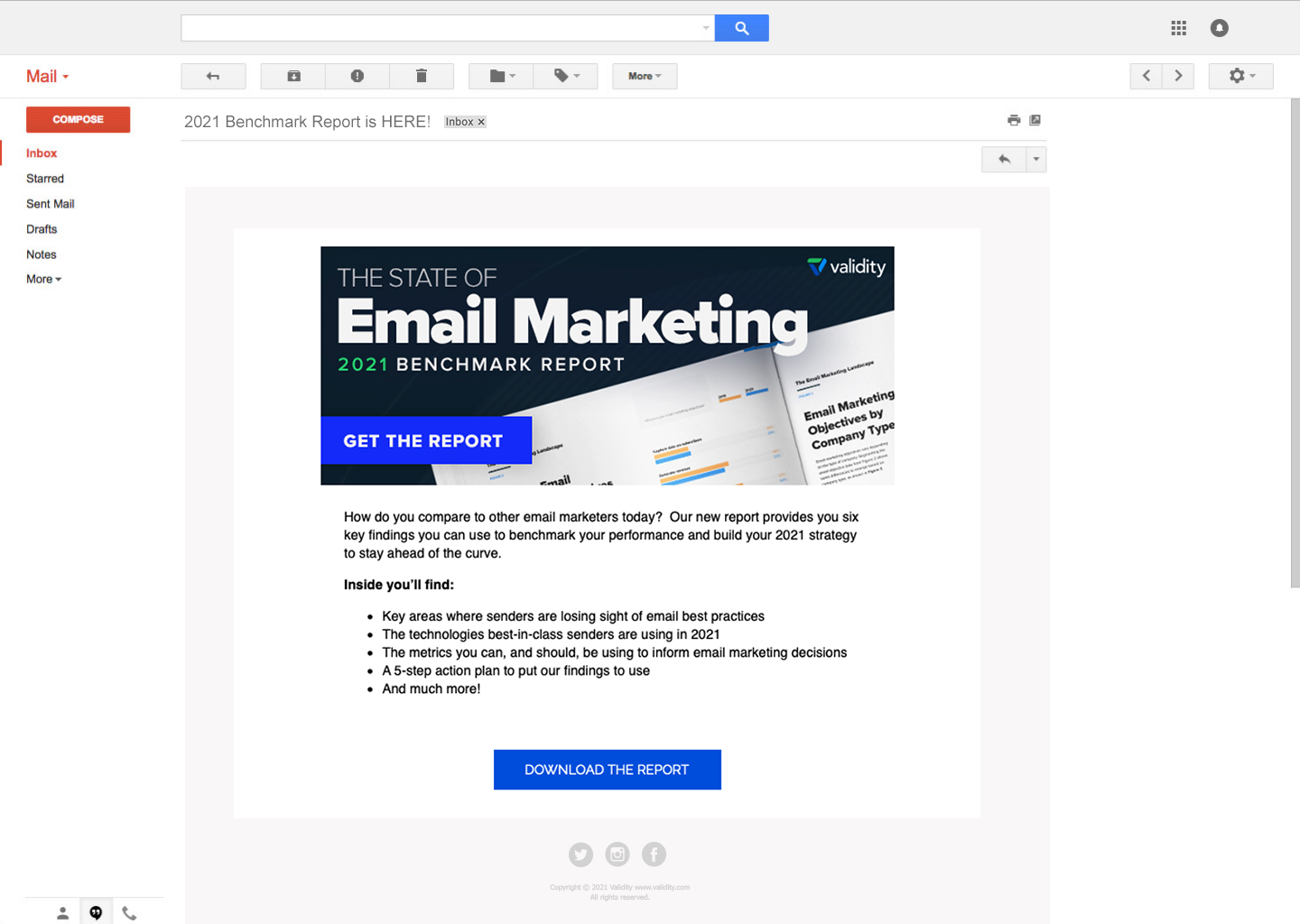
Articles | April 1, 2021 | 3 min read
Differences Between B2B and B2C Email Marketing
Email isn’t a marketing medium of the past—99% of consumers check their email every day and it’s how they prefer to receive updates from brands. Moreover, 86% of professionals prefer to use email when communicating with vendors. But to be effective with email as a marketing medium, you need to stay in your lane. That means avoiding B2C best practices when you’re working in B2B and vice versa. To help you on your way, this blog will highlight the 5 key differences between B2B and B2C email marketing.
Because the barrier to entry on a B2C purchase (e.g., price point, accessibility, etc.) is almost always lower than the barrier to a B2B purchase, the buying cycles are very different. In many cases, the buying cycle for B2C can be measured in days and weeks, whereas the buying cycle for B2B is almost always measured in months and years.
Therefore, B2C email marketing must focus on awareness, loyalty, and quick-hit engagement. One-off promotional (e.g., offers, discounts) and awareness emails (e.g. explain product uses) can be extremely effective.
On the other hand, B2B email marketing must be built using robust nurture programs that stretch out over months, and content that pushes industry-relevant thought-leadership. The primary goal should be cultivating trust and a following more so that facilitating a transaction.
With attention spans at all-time lows, it’s never been more important to make a striking visual impression with an email. But the audiences for B2C and B2B are very different.
Above all else, a B2B email template must present it’s message in a clear, orderly way—a “just-the-facts-ma’am” format if you will. Intense, decorative visuals should take a back seat to the copy of the message. Straight-forward relevance is the best-practice which means the design should be complementary to the text, not overpowering.
B2C email templates are more flexible. They can be playful and more freely use unconventional creative elements like GIFs and emojis. Of course, this isn’t true across every industry—”whimsical” probably isn’t a good vibe for an email promoting a life insurance product—but, generally speaking, B2C can afford to have more fun in the design of their email templates.
For B2B customers, it’s important that an email quickly and clearly conveys value—industry insight, important news, etc. Communication should be kept professional, include real data, and be logic-based. Most importantly, it should try to speak to a problem or pain point without feeling “salesy.” The inclusion of educational content—case studies, tutorials, ebooks, reports, etc.—is also a plus.
B2C email marketing, on the other hand, should tap into emotion and quickly capture attention. Keep copy short and instead include more animated graphics, video content, and bold visuals. Entice recipients to convert by including a coupon code or other special offer.
Scheduling an email marketing campaign at the optimal time can have a significant impact on open and click rates. While there is no best time that applies to all customers, a recent study shows that 53% of emails are opened during the workday between 9am and 5pm.
Although B2C customers may catch up on personal emails on the weekends, a good rule of thumb to follow is to not send emails to B2B customers over the weekend. You should, however, create a cadence derived from A/B testing to better understand what resonates with various customers.
Similar to timing, frequency is important in email marketing in order to create consistency. B2B emails require carefully built trust over time. For example, if a business consumer subscribed to your newsletter with the intention of receiving it on a weekly basis, it’s important to deliver on that cadence. B2C customers may not mind daily emails, but you don’t want to overcrowd their inboxes. Tie promotions to different events in order to remain relevant and build a strategic frequency. This can be timed around holidays, promotional events, special sales, etc.
Keep learning by reading one of our email marketing blogs, whitepapers, or simply reach out to one of the email acquisition experts at Zeta.
1. Different buying cycles
Because the barrier to entry on a B2C purchase (e.g., price point, accessibility, etc.) is almost always lower than the barrier to a B2B purchase, the buying cycles are very different. In many cases, the buying cycle for B2C can be measured in days and weeks, whereas the buying cycle for B2B is almost always measured in months and years.
Therefore, B2C email marketing must focus on awareness, loyalty, and quick-hit engagement. One-off promotional (e.g., offers, discounts) and awareness emails (e.g. explain product uses) can be extremely effective.
On the other hand, B2B email marketing must be built using robust nurture programs that stretch out over months, and content that pushes industry-relevant thought-leadership. The primary goal should be cultivating trust and a following more so that facilitating a transaction.
2. Visual representation of email templates
With attention spans at all-time lows, it’s never been more important to make a striking visual impression with an email. But the audiences for B2C and B2B are very different.
Above all else, a B2B email template must present it’s message in a clear, orderly way—a “just-the-facts-ma’am” format if you will. Intense, decorative visuals should take a back seat to the copy of the message. Straight-forward relevance is the best-practice which means the design should be complementary to the text, not overpowering.
B2C email templates are more flexible. They can be playful and more freely use unconventional creative elements like GIFs and emojis. Of course, this isn’t true across every industry—”whimsical” probably isn’t a good vibe for an email promoting a life insurance product—but, generally speaking, B2C can afford to have more fun in the design of their email templates.

3. Content and messaging
For B2B customers, it’s important that an email quickly and clearly conveys value—industry insight, important news, etc. Communication should be kept professional, include real data, and be logic-based. Most importantly, it should try to speak to a problem or pain point without feeling “salesy.” The inclusion of educational content—case studies, tutorials, ebooks, reports, etc.—is also a plus.
B2C email marketing, on the other hand, should tap into emotion and quickly capture attention. Keep copy short and instead include more animated graphics, video content, and bold visuals. Entice recipients to convert by including a coupon code or other special offer.

4. Timing
Scheduling an email marketing campaign at the optimal time can have a significant impact on open and click rates. While there is no best time that applies to all customers, a recent study shows that 53% of emails are opened during the workday between 9am and 5pm.
Although B2C customers may catch up on personal emails on the weekends, a good rule of thumb to follow is to not send emails to B2B customers over the weekend. You should, however, create a cadence derived from A/B testing to better understand what resonates with various customers.
5. Frequency
Similar to timing, frequency is important in email marketing in order to create consistency. B2B emails require carefully built trust over time. For example, if a business consumer subscribed to your newsletter with the intention of receiving it on a weekly basis, it’s important to deliver on that cadence. B2C customers may not mind daily emails, but you don’t want to overcrowd their inboxes. Tie promotions to different events in order to remain relevant and build a strategic frequency. This can be timed around holidays, promotional events, special sales, etc.
Looking to master the differences between B2B and B2C email marketing?
Keep learning by reading one of our email marketing blogs, whitepapers, or simply reach out to one of the email acquisition experts at Zeta.


